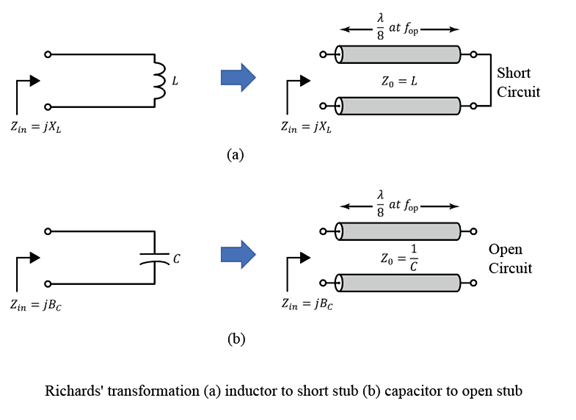richards
Convert lumped element circuit to distributed element circuit using Richards' transformation
Since R2021b
Syntax
Description
cktOut = richards(cktIn,opFreq)cktIn and returns the
circuit object cktOut at the given reference frequency
opFreq. In the cktOut all capacitors and
inductors are replaced by electrical-length-based transmission line objects txlineElectricalLength.
Note
You can apply Richard's transformation only to circuits where all negative terminals of the ports share the same node.
Examples
Input Arguments
Output Arguments
Algorithms
References
[1] Pozar, David M. Microwave Engineering. 4th ed. Hoboken, NJ: Wiley, 2012.
Version History
Introduced in R2021b
